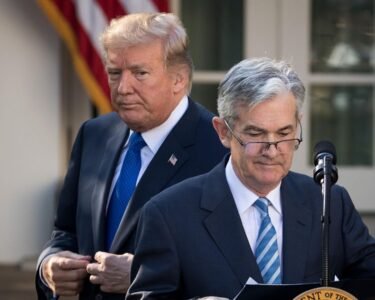A yawning gap has been reported between bad loans on credit cards issued by public-sector and private banks. Given the difficulty with which the dud-loan burden of lenders in India—particularly state-run ones—was brought under control in recent years, this must not escape notice. After a painful and prolonged clean-up, banks must not repeat past mistakes.
Unfortunately, a pile-up of credit left in the lurch on the plastic cards of public sector banks (PSBs) suggests otherwise. In a rush to capture bigger chunks of the ‘revenge buying’ witnessed in the aftermath of the covid pandemic, PSBs might have been less than discriminate in issuing cards, with the result that their bad-loan ratio on these stood at 12.7% at the end of September, much higher than the 2.1% reported for private banks.
Also Read: Don’t let uneven access to credit get in the way of Viksit Bharat
This data from Care Ratings underscores broader concerns over personal debt. Liberal sign-ups seem to have made credit card holders splurge on various goods and services. But many of them may have been unaware of how costly this credit can prove if rolled over beyond the no-interest payback period (of a month, typically). Penalties for failing to meet minimum repayment obligations are severe, while the interest charges are usurious, often several times the rate charged on other collateral-free loans given by banks to their clients.
Notably, the success of India’s Unified Payments Interface (UPI) has not got in the way of a surge in credit-card usage. By the end of 2024, the number of active cards in India had climbed to 108 million, almost double the 55.3 million five years earlier, according to data from the Reserve Bank of India (RBI).
This is interesting.
Since UPI allows quick cashless payments, with bank transfers done via QR codes scanned by smartphones, credit cards are no longer the easiest way to pay cashlessly within India, even if they’re still very useful overseas, especially for car rentals and the like, for which a company may need to ‘hold’ a large claim to cover potential damages or other dues. Generally speaking, as a result of UPI’s wide local acceptability, the utility of plastic has been reduced to accessing instant credit for retail purchases.
Also Read: Reform the UPI system: We need sustainable digital payments infrastructure
Of course, these cards can also be used to create a clean bill-payment record for a good credit score, and they often have frills like reward schemes, but none of these is their core purpose.
Credit cards exist today for holders to avail of loans with no questions asked: say, to make a big-ticket purchase for which one’s bank account is short of funds. In spite of credit limits, profligacy can easily lead card users into debt traps, given how rolled-over debt can turn into a rapidly rising repayment burden.
With high rates of interest, not everyone grasps the danger of taking credit for more than a few months. While card issuers may earn plenty, they must weigh their earnings against default risks.
Also Read: Legal audits hold the key to address loan write-offs by Indian banks
Overall household debt is on RBI’s radar. Its Financial Stability Report for 2024 noted a covid-led rise from its level in June 2021. But vulnerability to the over-use of credit cards is in need of specific attention. It calls for a reset based on a review of their raison d’etre in today’s age of UPI.
As loan-giving devices, credit cards would serve their purpose better if they’re issued to users who are more credit-worthy, but with markedly lower rates charged. This way, they would be less likely to entrap people in debt and enlarge the dud assets of banks. It’s time to rework the math behind plastic.



